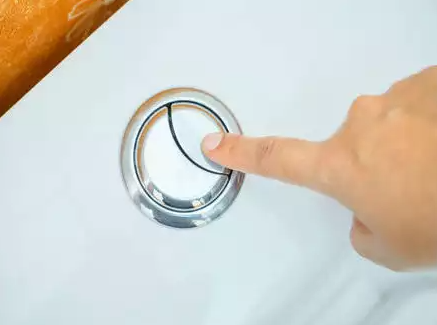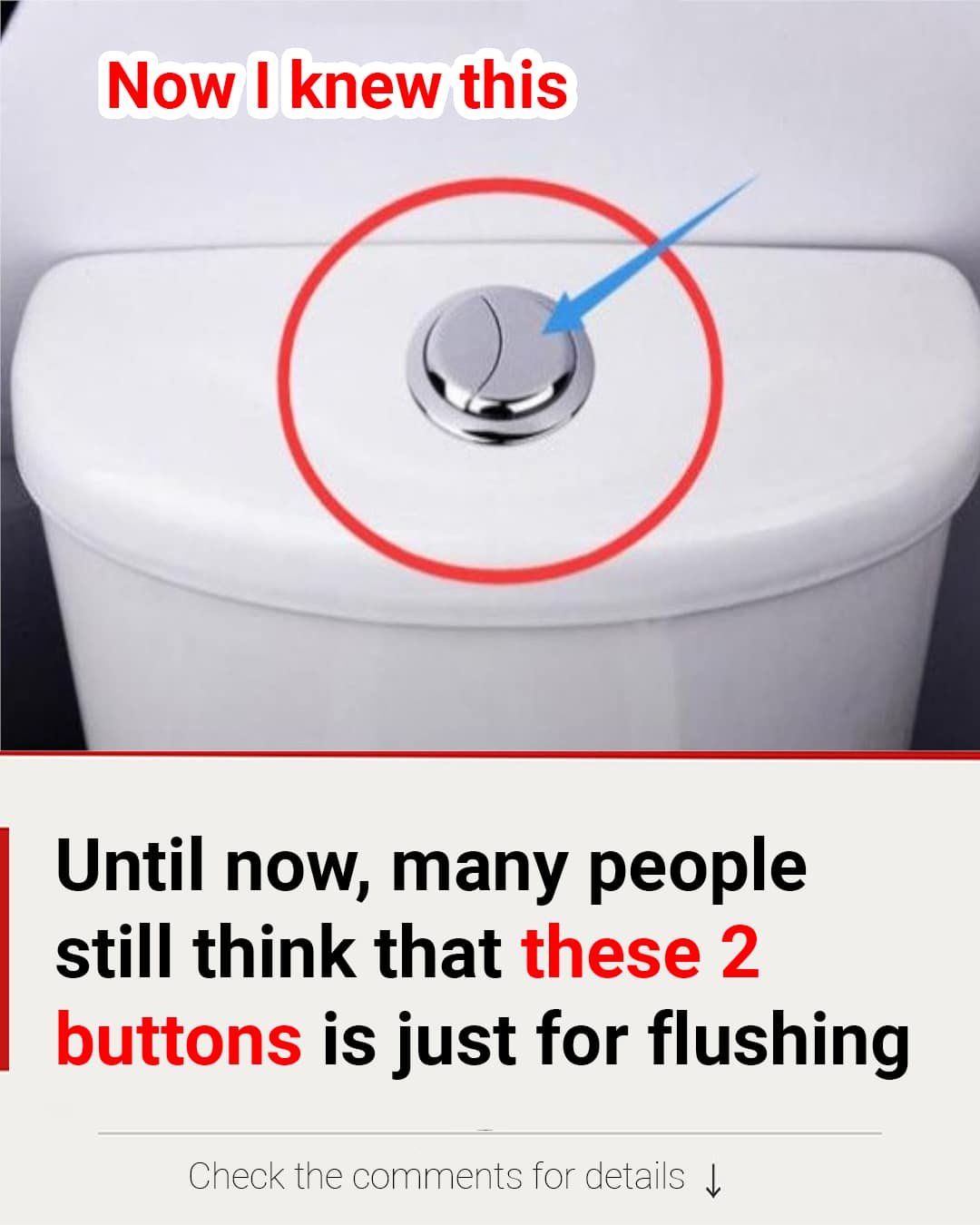Have you ever wondered why modern toilets feature two flush buttons—one larger and one smaller? It might seem like a quirky design choice, but these buttons serve a clever and eco-friendly purpose. Dual flush toilets are a simple yet innovative solution to reduce water usage, lower utility bills, and contribute to a more sustainable planet.
What is a Dual Flush Toilet?
Dual flush toilets are equipped with two separate buttons or levers:
- The larger button (or lever) is designed for solid waste, releasing 6–9 liters of water.
- The smaller button is intended for liquid waste, using only 3–4.5 liters of water.
This design provides users with the choice of water volume, ensuring that only the necessary amount is used with each flush.
How Do Dual Flush Toilets Save Water?
Traditional single-flush toilets typically use the same amount of water for every flush, regardless of the waste type. With a dual flush system, households can cut down water usage significantly.
- Water Savings: By using the smaller flush for liquid waste, you can save up to 20,000 liters of water annually compared to conventional toilets.
- Lower Bills: Less water usage translates directly into reduced water bills, making this system not just environmentally friendly but also cost-effective.

A Brief History of Dual Flush Toilets
The concept was first introduced by industrial designer Victor Papanek in his 1976 book, Design for the Real World. The first functional dual flush toilet was implemented in Australia in 1980, and it has since become a standard feature in modern bathrooms worldwide.
How to Use a Dual Flush Toilet Correctly
To maximize the benefits of this system:
- Use the smaller button for liquid waste (often marked with a half-circle, a droplet, or a smaller icon).
- Use the larger button for solid waste (usually larger in size or marked differently).
Why Choose a Dual Flush Toilet?
- Environmental Benefits: Dual flush toilets significantly reduce water waste, conserving a vital resource.
- Cost Savings: While installation costs may be higher, the long-term savings on water bills outweigh the initial expense.
- Sustainability: Every flush is a small step toward a greener planet.

